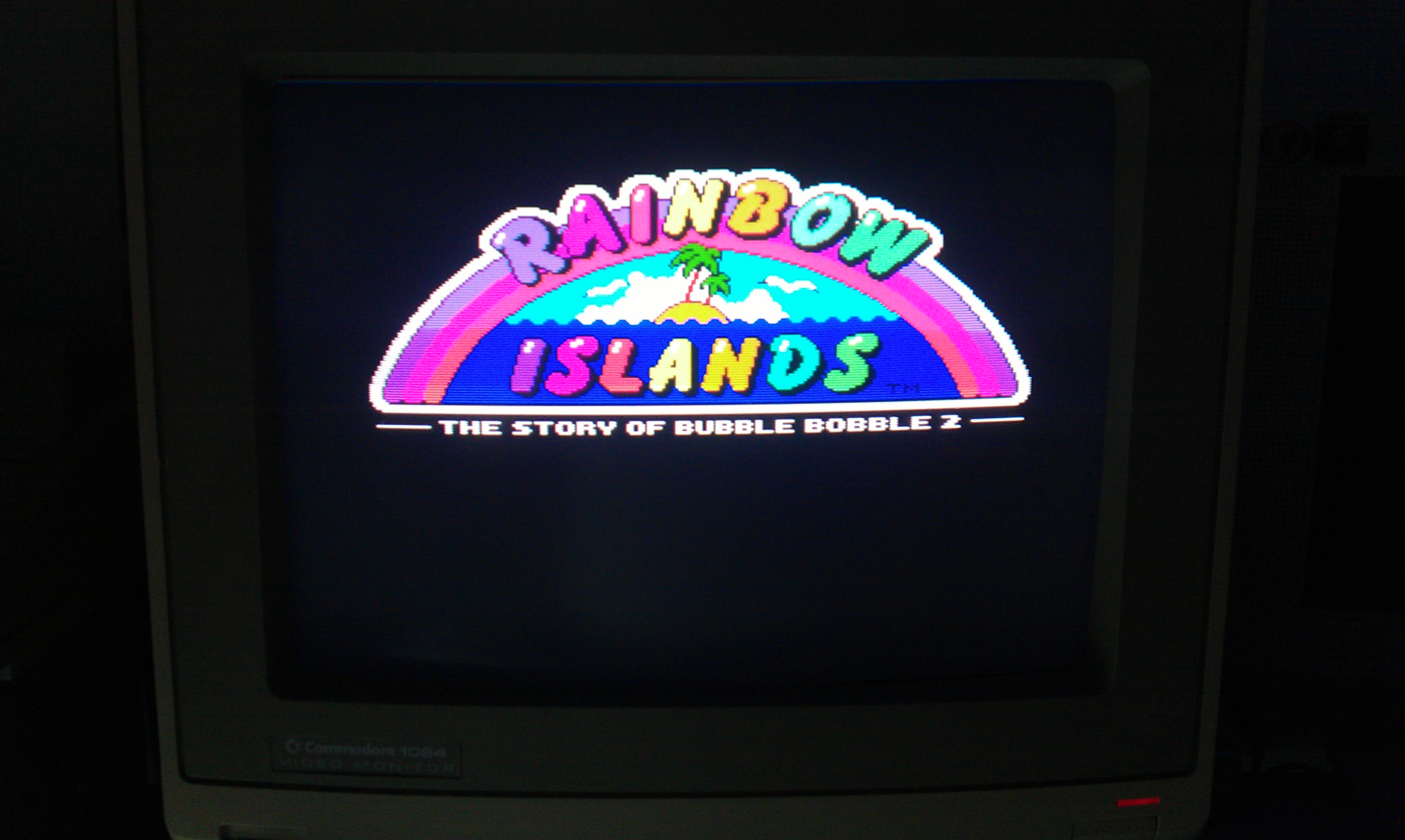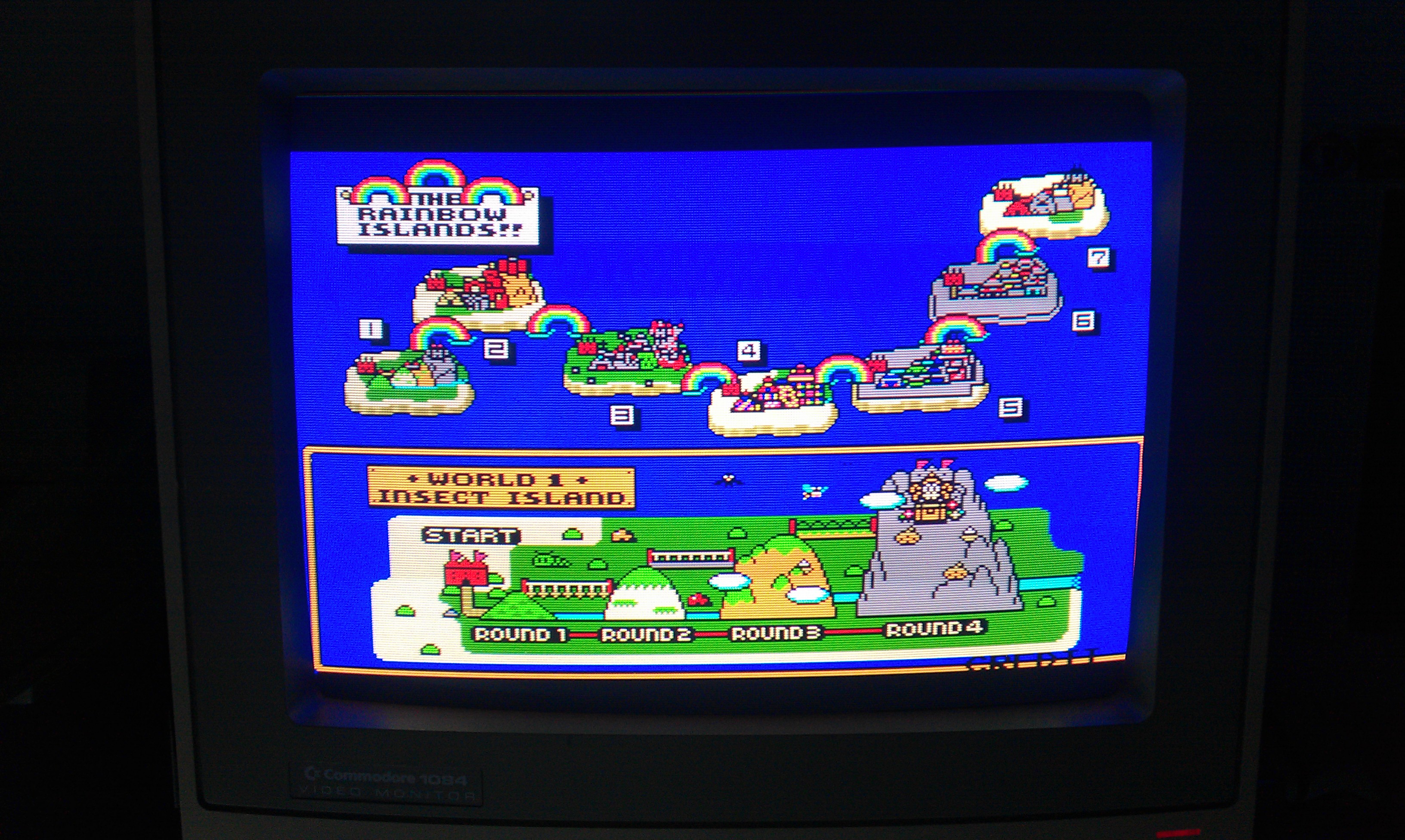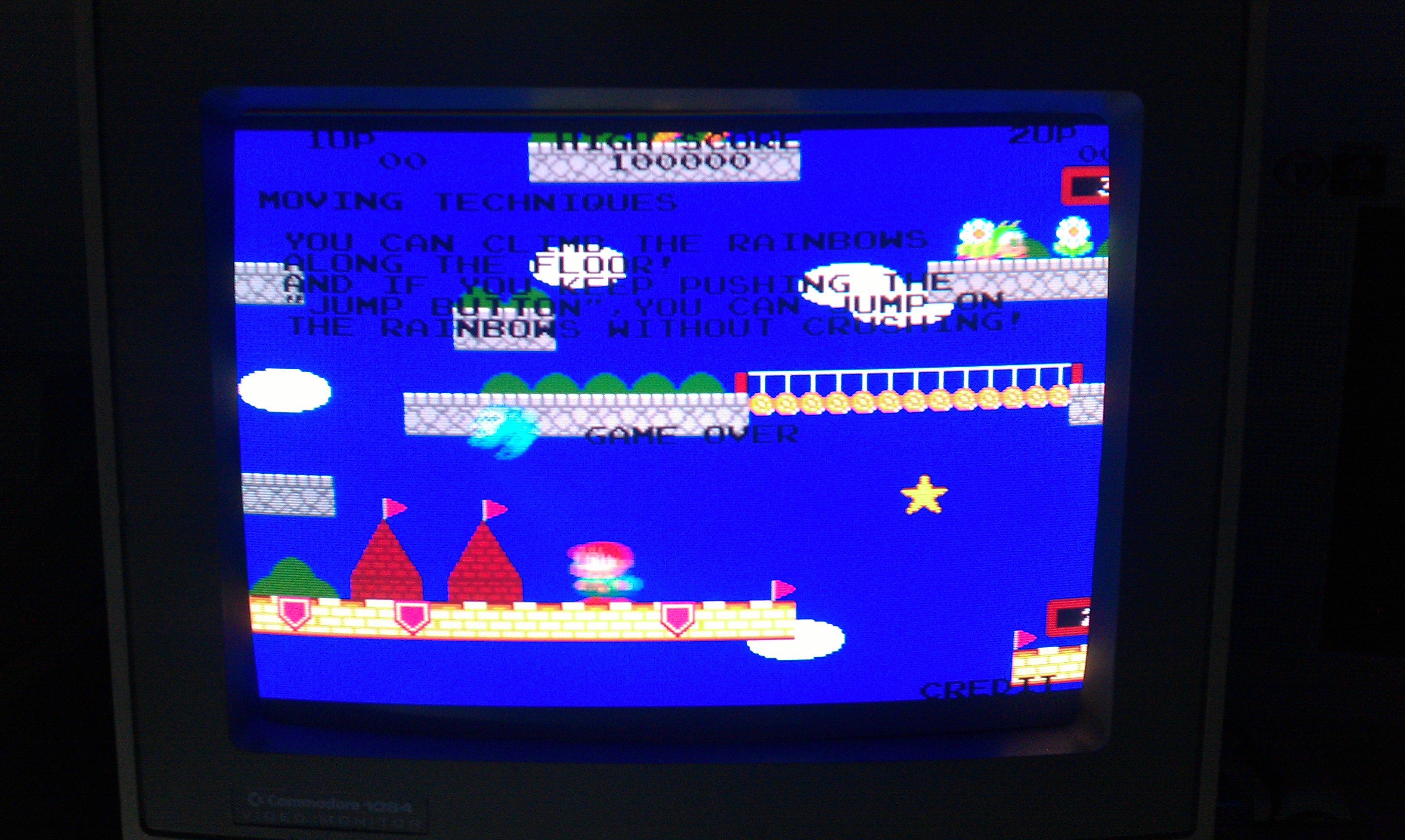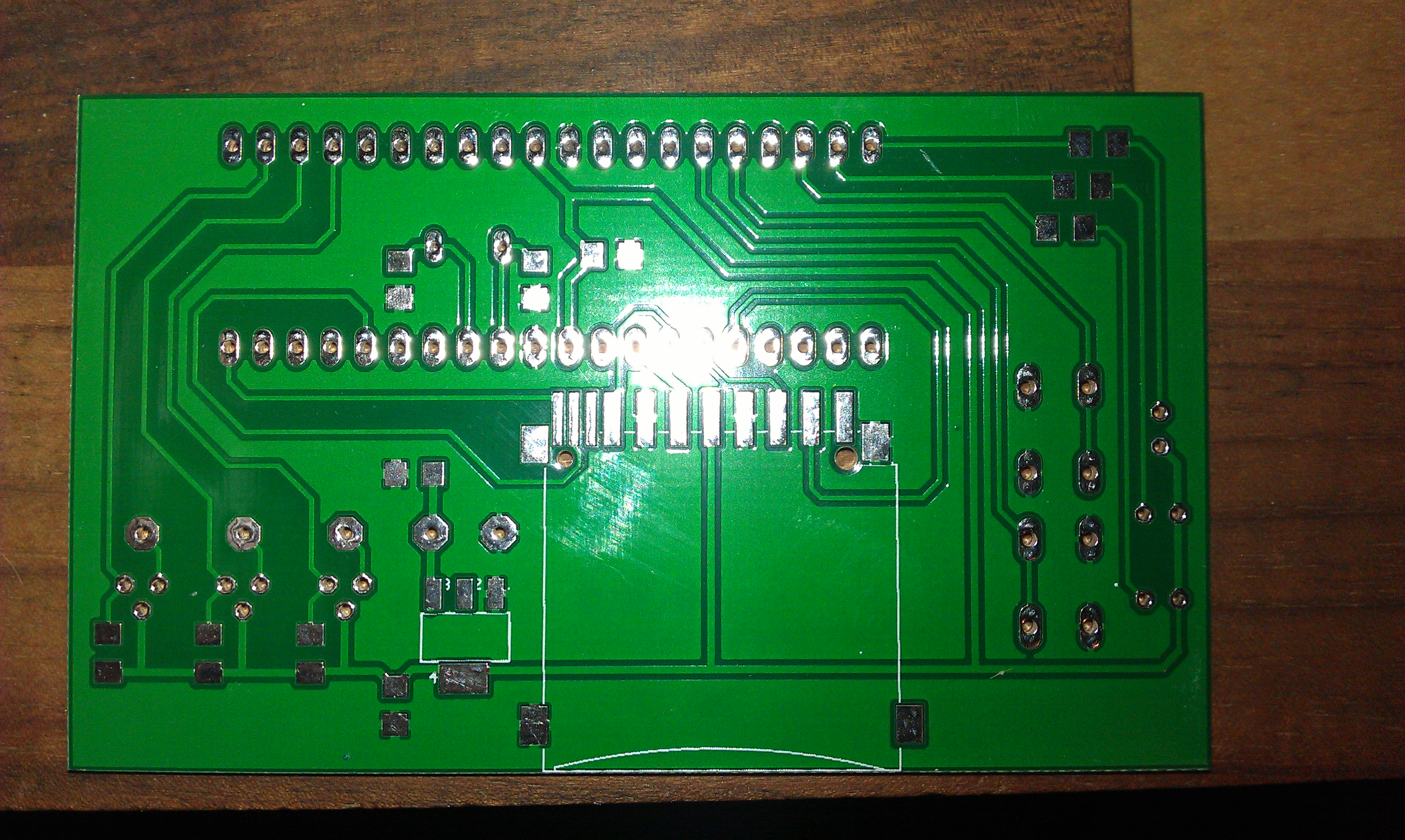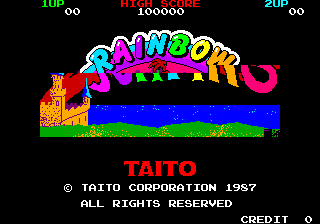PC18 from the Jamma+ forum was round yesterday with his Mortal Kombat 2 board which appeared to have a few little faults.
1. The game crashed just before he completed it
2. No fatalities could be performed
3. Some sound effects were missing
We fired it up on the test bench and I saw for myself the second 2 issues. We could not test the crashing issue because I’m crap and Megadrive joypads with only 3 buttons are no good for playing MK2 arcade version!
First thing we did was check the test menu DIP switch settings as fatalities can be turned off but they were set to ON.
Second, check all the ROM’s against MAME. All checked out OK.
A little bit of head scratching later we checked the boards operation against MAME’s operation. This board was running on version 1.1 and sure enough the sounds were missing in MAME too.
At this point we decided to check with Google and it turns out that in the early versions of MK2, there were all sorts missing from the game including most of the fatalities, some sounds and the endings too (might be why the game crashed at the end?).
As most of the ROM chips are for graphics we just erased the program EPROM’s and burned version 3.1 ROM’s. The game now does all sorts of stuff that it never used to do.
We still couldn’t check the crashing issue but hopefully that’s sorted too


